Portal:Poetry
Welcome to the Poetry Portal
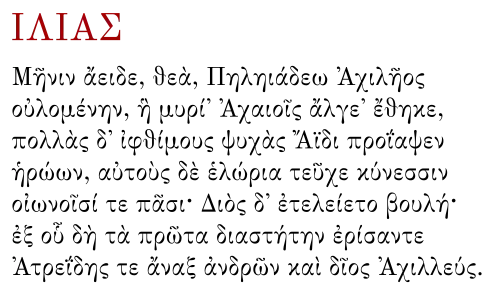

Poetry (from the Greek word poiesis, "making") is a form of literary art that uses aesthetic and often rhythmic qualities of language to evoke meanings in addition to, or in place of, literal or surface-level meanings. Any particular instance of poetry is called a poem and is written by a poet. Poets use a variety of techniques called poetic devices, such as assonance, alliteration, consonance, euphony and cacophony, onomatopoeia, rhythm (via metre), rhyme schemes (patterns in the type and placement of a phoneme group) and sound symbolism, to produce musical or other artistic effects. They also frequently organize these devices intos, which may be strict or loose, conventional or invented by the poet. Poetic structures vary dramatically by language and cultural convention, but they often rely on rhythmic metre: patterns of syllable stress or syllable (or mora) weight. They may also use repeating patterns of phonemes, phoneme groups, tones, words, or entire phrases. Poetic structures may even be semantic (e.g. the volta required in a Petrachan sonnet).
Most written poems are formatted in verse: a series or stack of lines on a page, which follow the poetic structure. For this reason, verse has also become a synonym (a metonym) for poetry. Some poetry types are unique to particular cultures and genres and respond to characteristics of the language in which the poet writes. Readers accustomed to identifying poetry with Dante, Goethe, Mickiewicz, or Rumi may think of it as written in lines based on rhyme and regular meter. There are, however, traditions, such as Biblical poetry and alliterative verse, that use other means to create rhythm and euphony. Other traditions, such as Somali poetry, rely on complex systems of alliteration and metre independent of writing and been described as structurally comparable to ancient Greek and medieval European oral verse. Much modern poetry reflects a critique of poetic tradition, testing the principle of euphony itself or altogether forgoing rhyme or set rhythm. In first-person poems, the lyrics are spoken by an "I", a character who may be termed the speaker, distinct from the poet (the author). Thus if, for example, a poem asserts, "I killed my enemy in Reno", it is the speaker, not the poet, who is the killer (unless this "confession" is a form of metaphor which needs to be considered in closer context – via close reading).
Poetry uses forms and conventions to suggest differential interpretations of words, or to evoke emotive responses. The use of ambiguity, symbolism, irony, and other stylistic elements of poetic diction often leaves a poem open to multiple interpretations. Similarly, figures of speech such as metaphor, simile, and metonymy establish a resonance between otherwise disparate images—a layering of meanings, forming connections previously not perceived. Kindred forms of resonance may exist, between individual verses, in their patterns of rhyme or rhythm. (Full article...)
Selected article

Ginsberg began work on "Howl" as early as 1954. In the Paul Blackburn Tape Archive at the University of California, San Diego, Ginsberg can be heard reading early drafts of his poem to his fellow writing associates. "Howl" is considered to be one of the great works of American literature. It came to be associated with the group of writers known as the Beat Generation, which included Jack Kerouac and William S. Burroughs.
There is no foundation to the myth that "Howl" was written as a performance piece and later published by poet Lawrence Ferlinghetti of City Lights Books. This myth was perpetuated by Ferlinghetti as part of the defense's case during the poem's obscenity trial, as detailed below. Upon the poem's release, Ferlinghetti and the bookstore's manager, Shigeyoshi Murao, were charged with disseminating obscene literature, and both were arrested. On October 3, 1957, Judge Clayton W. Horn ruled that the poem was not obscene. (Full article...)
Selected image

| “ | As in the Arsenal of the Venetians Boils in the winter the tenacious pitch |
” |
Poetry WikiProject

Selected biography
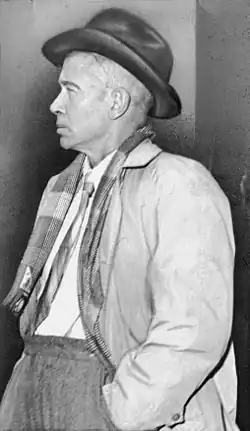
Edward Estlin Cummings (October 14, 1894 – September 3, 1962), known as E. E. Cummings, with the abbreviated form of his name often written by others in lowercase letters as e e cummings (in the style of some of his poems—see name and capitalization, below), was an American poet, painter, essayist, author, and playwright. His body of work encompasses approximately 2,900 poems, two autobiographical novels, four plays and several essays, as well as numerous drawings and paintings. He is remembered as an eminent voice of 20th century English literature.
Despite Cummings's familiarity with avant-garde styles (undoubtedly affected by the Calligrammes of Apollinaire, according to a contemporary observation , much of his work is quite traditional. Many of his poems are sonnets, albeit often with a modern twist, and he occasionally made use of the blues form and acrostics. Cummings' poetry often deals with themes of love and nature, as well as the relationship of the individual to the masses and to the world. His poems are also often rife with satire. (Full article...)
Did you know (auto-generated) -

- ... that Liang Sishun published an anthology of Chinese poetry in 1908, when she was about fifteen years old?
- ... that Daniel Hermann wrote poems on the inclusion of a lizard and a frog in a piece of amber, the eagle in the coat of arms of Poland, and a child suffering from Fraser syndrome?
- ... that Paul McCartney wrote a poem about Dumb Woman's Lane?
- ... that the ancient Roman poem In Eutropium criticized the politician Eutropius for holding a "feminine" triumph?
- ... that after civil rights activist Andrew Goodman was murdered, Mary Doyle Curran found and published a poem that Goodman had written for her class?
- ... that the Rephaim text, a 14th-century BCE Ugaritic poem, tells of mysterious warrior beings who ride for three days to a threshing floor – only to spend the next seven days eating there?
Selected poem
| The Lovers by Rumi |
|---|
|
The lovers |
Related portals
Topics
Recognized content
Categories

Associated Wikimedia
The following Wikimedia Foundation sister projects provide more on this subject:
-
Commons
Free media repository -
Wikibooks
Free textbooks and manuals -
Wikidata
Free knowledge base -
Wikinews
Free-content news -
Wikiquote
Collection of quotations -
Wikisource
Free-content library -
Wikiversity
Free learning tools -
Wiktionary
Dictionary and thesaurus
-
 List of all portals
List of all portals -

-
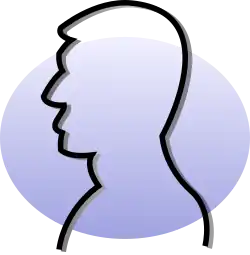
-

-
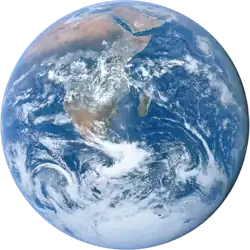
-

-
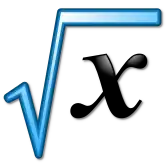
-

-

-

-
 Random portal
Random portal -
 WikiProject Portals
WikiProject Portals







